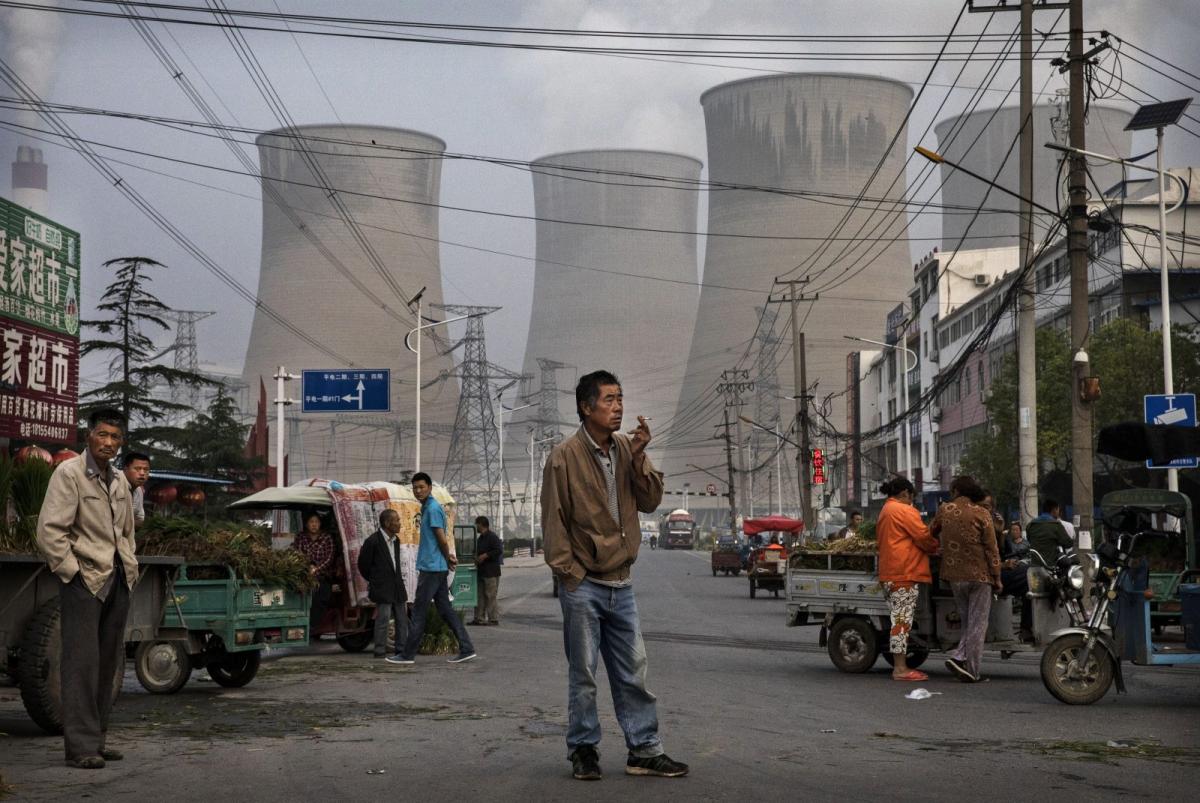This story was originally published by The Conversation and is reproduced with permission. You can find the original article here.
As nations gear up for a critical year for climate negotiations, it’s become increasingly clear that success may hinge on one question: How soon will China end its reliance on coal and its financing of overseas coal-fired power plants?
China represents more than a quarter of all global carbon emissions, and it has spent tens of billions of dollars to build coal power facilities in 152 countries over the past decade through its Belt and Road Initiative. Roughly 70% of the coal plants built globally now rely on Chinese funding.
That’s a problem for the climate. The International Energy Agency warns in a new analysis that if the world hopes to reach net zero emissions by 2050, widely seen as necessary to meet the Paris climate agreement goals, there should be no investment in new fossil fuel supply projects or in new coal-fired power plants that don’t capture their carbon emissions. Shortly after that report came out, the G7 group of leading industrialized de... Read more
